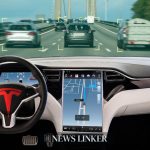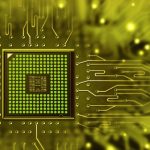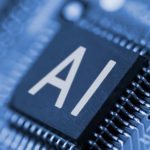The realm of artificial intelligence and robotics is on the brink of a substantial leap forward as Tesla pushes the boundaries with its Optimus robot. Expected to be available for external sale by 2025, the Optimus robot, already operational within Tesla’s factories, showcases Tesla’s commitment to integrating AI into its operational framework. This strategic move highlights the automotive giant’s shift towards becoming a leading AI and robotics innovator, further blurring the lines between automotive manufacturing and high-tech AI solutions. The latest developments suggest that Tesla is not only enhancing its production capabilities but is also poised to revolutionize industry standards with its advanced robotics technology.
Production and Practical Applications
Tesla’s Optimus robot, designed to perform simple yet significant tasks within the factory setting, is a testament to the company’s innovative approach to automation. With prototypes already active, Tesla aims to streamline operations and reduce human workload in critical areas. This initiative is part of a broader strategy to implement AI-driven technologies that increase efficiency and productivity in industrial environments.
Comparative Technological Advancements
Robotics and AI have seen varied applications across different sectors, and several companies are exploring similar avenues. An article from Wired titled “Robots Revolutionize Warehouse Operations” discusses how robots are becoming indispensable in logistics, enhancing speed and accuracy. Another piece from Bloomberg, “AI and Robotics: The Industrial Makeover,” highlights the adoption of these technologies in manufacturing, emphasizing improvements in safety and cost-effectiveness. Both articles underscore the growing reliance on robotics and AI, aligning closely with Tesla’s ambitions with Optimus.
Academic Insights on Robotics
A recent paper in the Journal of Robotics Research, “Efficiency in Robotics: Emerging Trends,” provides in-depth analysis of advancements similar to those seen with Optimus. The paper details how modern robots integrate seamlessly into existing systems, improving operational workflows without extensive overhauls. These insights reflect Tesla’s methodical approach to Optimus, emphasizing compatibility and enhancement of current factory setups.
Key Inferences
- Optimus could significantly reduce operational costs.
- Enhanced AI features may set new industry standards.
- Early integration in factories suggests robust testing phases.
As Tesla gears up for the 2025 launch of its Optimus robots, the implications for the industry are substantial. By integrating advanced robotics into its production lines, Tesla not only enhances its operational efficiency but also sets a new benchmark for the use of AI in industry. This move could potentially lead to widespread adoption of similar technologies across various sectors, prompting a shift towards more automated and intelligent systems. As we look towards the future, the successful implementation of Tesla’s Optimus could serve as a blueprint for the next generation of industrial robotics.










